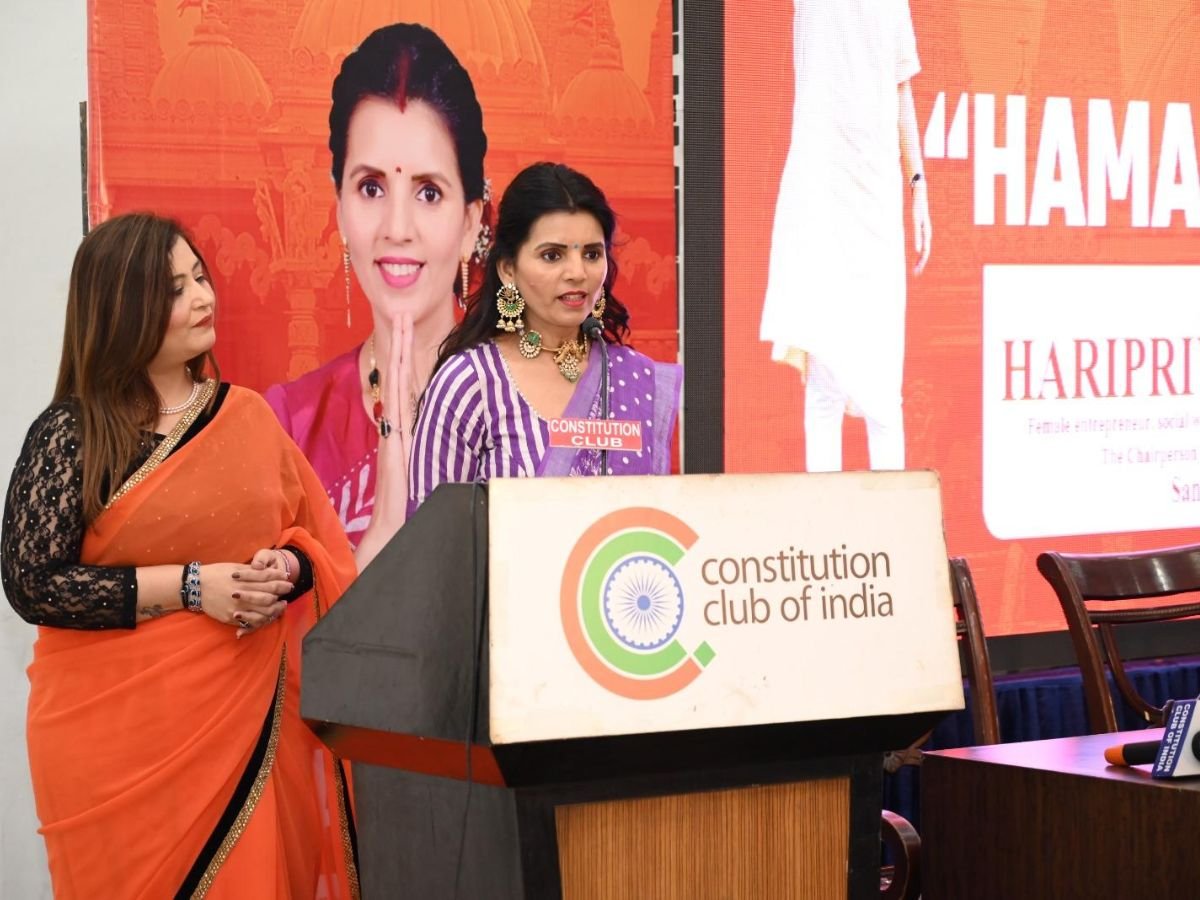Hyderabad E-Prix Circuit
Mumbai (Maharashtra) [India], November 22: Season 9 of the ABB FIA Formula E World Championship saw a number of new circuits added to the schedule – including three in-a-row with Hyderabad, Cape Town and Sao Paulo making their debuts – but how do those tracks go from concept to competition with safety, excitement and logistics in mind?
Since its first race back in 2014, Formula E has been renowned for breaking the mould and doing things a little differently – and that is just as true of track design. The early part of the current campaign has seen fresh stops in Hyderabad (India) and Cape Town (South Africa), with Sao Paulo in Brazil being the third new track on a record calendar.
For Season 10, Formula E is heading to the heart of Tokyo, Japan which will mark the first time the city has hosted a world championship motorsport event. The challenging 18-turn, 2.582km street circuit will surround the Tokyo International Exhibition Centre – the largest venue in Japan also known as Tokyo Big Sight – only minutes from downtown Tokyo.
How is a Formula E street circuit selected?
Unlike other circuit-based championships, the vast majority of tracks visited by Formula E are entirely temporary rather than permanent race tracks, built in the heart of some of the world’s leading cities and constructed and homologated on the eve of the event thanks to a close collaboration between the FIA, Formula E, the National Sporting Authority (ASN) and the local promoter.
The process for joining the series usually begins around 18 months prior to the projected race, when an expression of interest from a Host City representative is registered with championship promoter Formula E.
Oli McCrudden is the City Development Director at Formula E who manages relationships with a city for this initial phase. “It’s a little like dating. Both sides have a clear idea of what they want the future to look like, but first of all they need to be sure they’re with someone who shares the same vision. It requires open communication, collaboration, understanding and compromise. All those qualities that are vital for a successful personal relationship really do apply on a grand scale in our world and lay the foundations for a strong, fruitful partnership.”
What is the process of designing and building a race track in Formula E from start to finish?
A track designer is then appointed to draft a circuit proposal, which is subsequently reviewed by Formula E by means of a feasibility study – taking into account the preconditions outlined in Appendix O of the FIA’s International Sporting Code, the degree of civil work required and the positioning of the principal structures. Contracts are exchanged once all the deliverables are clearly understood.
Nine months before the event, the ASN sends a formal request for homologation to the FIA Safety Department, which in-turn appoints an FIA Circuit Inspector and conducts simulations based on the drawing provided by the designer to validate the circuit’s various safety features – from barriers to run-off areas – while suggesting any necessary amendments.
The FIA Circuits Commission – an organisation composed of circuit safety experts from ASNs around the world – further evaluates the document produced by the Safety Department, and with four months remaining until lights-out, the official FIA Circuit Inspector, FIA experts and Formula E staff visit the site to approve the circuit layout and all peripheral structures, including locations of pit garages, race control and the medical centre.
The next step is to define the event safety plan in conjunction with the local ASN, calculating the number of marshals and firefighters needed for potential recovery situations. The FIA Technical Department then carries out simulations with the latest circuit layout around a month-and-a-half before the E-Prix to determine the length of the race; should there not be sufficient braking zones for energy regeneration, additional modifications may be requested.
Once the final layout has been validated by all parties, the FIA Sporting Department shares it – a month ahead of the event – with the championship’s teams, who subsequently start their own simulator preparations and have the opportunity to report back any significant concerns.
How is a FIA World Championship street circuit built and signed off safely?
Two weeks in advance of the race and overseen by Formula E, the track build begins, with FIA experts joining for the final phase to sign off the circuit safety features and effect any last-minute practical changes, such as adding safety barriers, modifying recovery vehicle access.
On the Thursday morning of the race weekend, a track walk is held with all relevant stakeholders – the FIA Race Director, Safety Car Driver, Sporting Delegate and e-Safety Delegate as well as the circuit builders and Formula E staff – to make sure everybody is familiar with the layout and allow for any 11th-hour corrections.
The following day, FIA Circuit Inspector Scot Elkins – who also fulfils the role of FIA Formula E Race Director – corroborates that the track has been built in accordance with the final reference plan that was approved in principle by the FIA’s Circuits Commission. He produces an exhaustive inspection report and, provided all criteria are met, asks for the release of the circuit licence – signed by the President of the FIA – ahead of Shakedown. Track action can then take place.
Several months later, a track review group – composed of members of the FIA, Formula E and three driver representatives – meets to discuss potential improvements to the circuit for future editions.
“Formula E is unique in the motor sport world in racing predominantly on temporary inner-city tracks,” acknowledges Elkins. “That necessitates a completely different approach to track build and approval, which all takes place over a comparatively short space of time.
“During that period, a great deal needs to be done to ensure the circuit in question is above all safe and constructed in-line with the general standards expected in an FIA World Championship. Throughout the whole process, the FIA works hand-in-hand with Formula E as well as the local promoter and ASN, and the success of the recent new races in Hyderabad and Cape Town bears testament to the efficiency and efficacy of that close collaboration.”
If you have any objection to this press release content, kindly contact pr.error.rectification[at]gmail.com to notify us. We will respond and rectify the situation in the next 24 hours.















